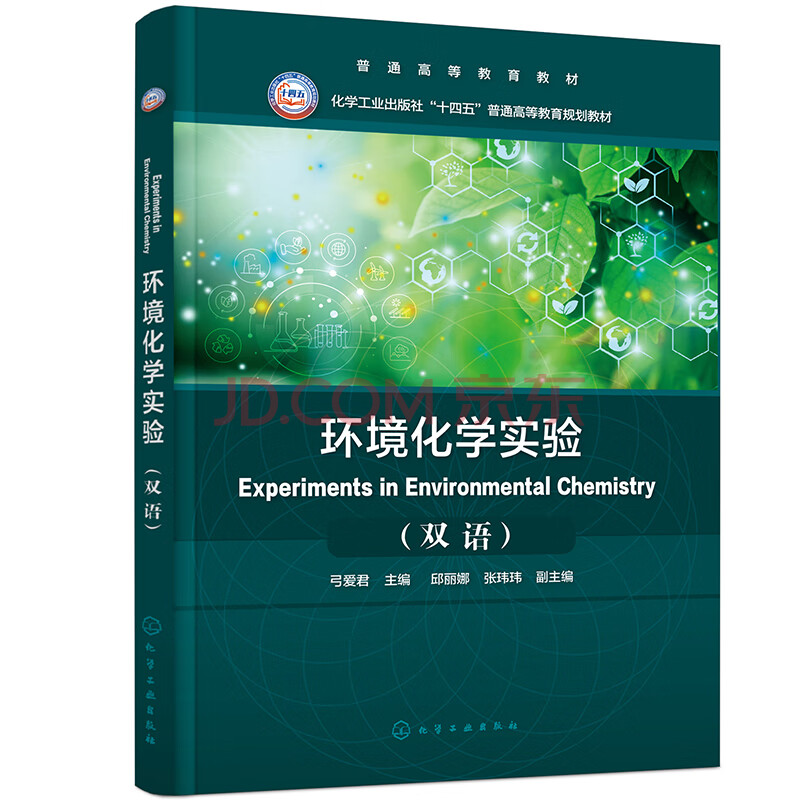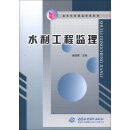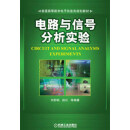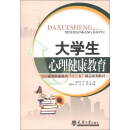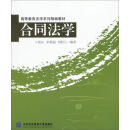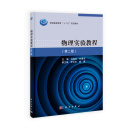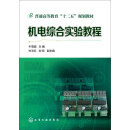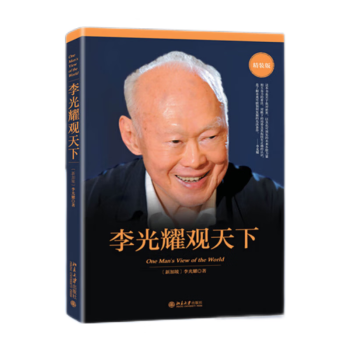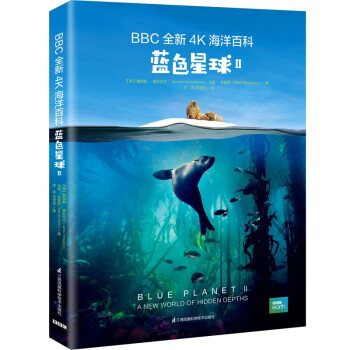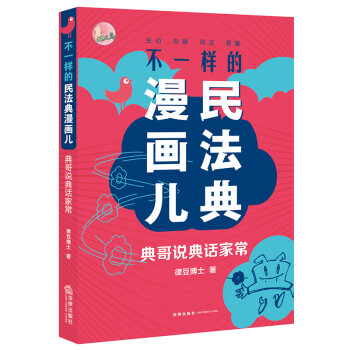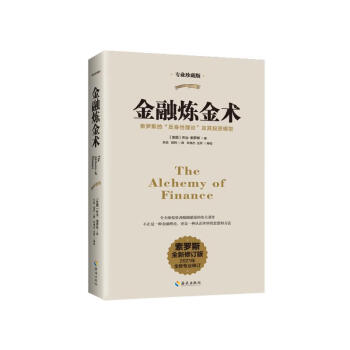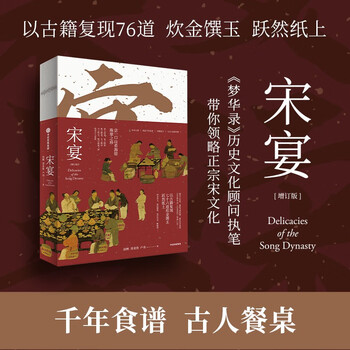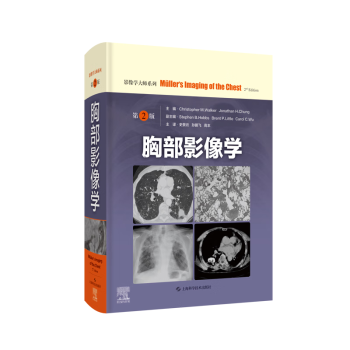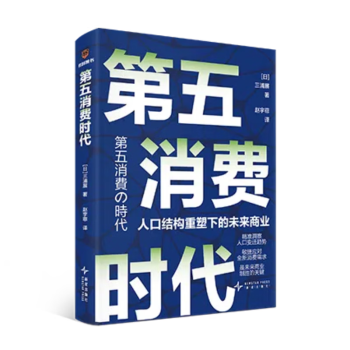内容简介
《环境化学实验》双语教材为高等院校“环境化学”相关课程的配套教材。本书共四章,第一章绪论,主要内容包括环境化学实验的目的和任务、实验室安全守则和实验室意外事故处理;第二章常用仪器使用方法,主要内容包括玻璃仪器的洗涤及干燥方法、环境化学实验用水及制备和环境化学实验常用仪器;第三章环境样品前处理技术,主要内容包括气体样品采集方法、水样采集与保存、土壤样品采集与保存和生物样品采集与保存;第四章环境化学实验,包括七个大气环境化学实验、八个水环境化学实验、五个土壤环境化学实验和五个化学物质的生态效应实验。
本书可作为高等院校环境科学、化学、生物专业本科生教材,也可作为其他相关专业本科生、研究生以及环境科学工作者的参考用书。
目录
第一章 绪论1
第一节 环境化学实验的目的和任务 1
第二节 实验室安全守则 1
第三节 实验室意外事故处理 3
第二章 常用仪器使用方法5
第一节 玻璃仪器的洗涤及干燥方法 5
一、玻璃仪器的洗涤 5
二、玻璃仪器的干燥 6
第二节 环境化学实验用水及制备 6
一、蒸馏水 6
二、去离子水 7
第三节 环境化学实验常用仪器 9
一、天平 9
二、3200型原子吸收分光光度计 11
三、2100P型便携式浊度仪 15
四、FB2200型酸度计 17
第三章 环境样品前处理技术19
第一节 气体样品采集方法 19
一、气溶胶(烟雾)样品的采集 19
二、室内空气污染物样品的采集 20
第二节 水样采集与保存 21
一、水样的采集 21
二、水样的预处理与保存 22
第三节 土壤样品采集与保存 25
一、土壤样品的采集 25
二、土壤样品的预处理与保存 25
第四节 生物样品采集与保存 26
一、生物样品的采集 26
二、生物样品的预处理与保存 27
第四章 环境化学实验28
第一节 大气环境化学实验 28
实验一 城市大气气溶胶中多环芳烃的污染分析 28
实验二 室内空气中苯的污染分析 31
实验三 室内空气中甲醛的浓度水平 33
实验四 环境空气中SO2 液相氧化模拟 37
实验五 空气中SO2 的测定 39
实验六 盐酸萘乙二胺分光光度法测定空气中氮氧化物含量 43
实验七 靛蓝二磺酸钠分光光度法测定环境空气中的臭氧含量 47
第二节 水环境化学实验 50
实验八 饮用水中余氯的测定(碘量法滴定) 50
实验九 水中Cl- 的测定(沉淀滴定) 52
实验十 Fenton试剂催化氧化染料废水 55
实验十一 天然水中铜的存在形态 57
实验十二 废水中生化需氧量(BOD5)的测定 60
实验十三 工业废水中铬的测定(二苯碳酰二肼分光光度法) 61
实验十四 混凝实验 64
实验十五 非色散红外吸收法测定水中总有机碳含量 67
第三节 土壤环境化学实验 70
实验十六 石墨炉原子吸收光谱法测定土壤中的铅 70
实验十七 重金属污染土壤的化学修复(EDTA 对土壤中铜的淋洗) 72
实验十八 土壤有机质的测定 76
实验十九 土壤阳离子交换量的测定 79
实验二十 火焰原子吸收法测定工业固体废物中铜、锌、铅、镉的含量 81
第四节 化学物质的生态效应实验 84
实验二十一 底泥对苯酚的吸附作用 84
实验二十二 水中有机物的挥发速率 87
实验二十三 底泥中铬的简单状态鉴别 89
实验二十四 沉积物中重金属的存在形式和迁移规律的研究 92
实验二十五 氢化原子荧光光度法测定食品中总砷的含量 95
参考文献 98
Chapter 1 Introduction 99
Section 1 Purpose and task of environmental chemistry experiments 99
Section 2 Laboratory safety rules 100
Section 3 Handling of laboratory accidents 102
Chapter 2 The usage of common instruments 104
Section 1 Washing and drying methods of glass instruments 104
1 Washing of glass instruments 104
2 Drying of glass instruments 105
Section 2 Water for environmental chemistry experiments and its preparation 106
1 Distilled water 106
2 Deionized water 106
Section 3 Common instruments for environmental chemistry experiments 109
1 Balance 109
2 3200 Atomic absorption spectrophotometer 113
3 2100P Portable turbidimeter 118
4 FB2200 Acidometer 121
Chapter 3 Pretreatment technology of environmental samples 123
Section 1 Collection methods of gas samples 123
1 Collection of aerosol(smog)samples 123
2 Collection of indoor air pollutants samples 125
Section 2 Collection and preservation of water samples 126
1 Collection of water samples 126
2 Pretreatment and preservation of water samples 128
Section 3 Collection and preservation of soil samples 132
1 Collection of soil samples 132
2 Pretreatment and preservation of soil samples 133
Section 4 Collection and preservation of biological samples 134
1 Collection of biological samples 134
2 Pretreatment and preservation of biological samples 135
Chapter 4 Environmental chemistry experiments 137
Section 1 Atmospheric environmental chemistry experiments 137
Experiment 1 Pollution analysis of PAHs in urban atmospheric aerosol 137
Experiment 2 Pollution analysis of benzene in indoor air 141
Experiment 3 Concentration level of formaldehyde in indoor air 145
Experiment 4 Liquid phase oxidation simulation of SO2 in ambient air 150
Experiment 5 Determination of SO2 in air 152
Experiment 6 Determination of nitrogen oxides in air with N-(1-naphthyl) ethylenediamine dihydrochloride spectrophotometry 158
Experiment 7 Determination of ozone in ambient air using sodium indigo disulfonate spectrophotometry 164
Section 2 Water environmental chemistry experiments 168
Experiment 8 Determination of residual chlorine in drinking water (iodimetric titration) 168
Experiment 9 Determination of Cl- in water (precipitation titration) 171
Experiment 10 Fenton reagent catalyzed oxidation of dye wastewater 174
Experiment 11 Existing forms of copper in natural water 177
Experiment 12 Determination of biochemical oxygen demand (BOD5) in wastewater 180
Experiment 13 Determination of chromium in industrial wastewater (diphenylcarbazide spectrophotometry) 182
Experiment 14 Coagulation experiment 186
Experiment 15 Determination of total organic carbon in water by nondispersive infrared absorption method 190
Section 3 Soil environmental chemistry experiments 195
Experiment 16 Determination of lead in soil by graphite furnace atomic absorption spectrometry 195
Experiment 17 Chemical remediation of soil contaminated by heavy metals (EDTA leaching of copper from soil) 197
Experiment 18 Determination of soil organic matter 203
Experiment 19 Determination of soil cation exchange capacity 206
Experiment 20 Determination of copper,zinc,lead,and cadmium in industrial solid waste by flame atomic absorption spectrometry 210
Section 4 Ecological effects experiments of chemical substances 214
Experiment 21 Adsorption of phenol by sediment 214
Experiment 22 Evaporation rate of organic matter in water 218
Experiment 23 Simple identification of chromium in sediment 220
Experiment 24 Study on the existence forms and migration rules of heavy metals in sediment 224
Experiment 25 Determination of total arsenic content in food by hydride atomic fluorescence spectrometry 229
References 233
前言/序言
前言
环境化学是一门研究有害化学物质在环境介质中的存在、化学特性、行为和效应及其控制的化学原理和方法的科学。我国环境化学学科作为化学的一个重要分支,已经成为环境科学的主流与核心组成部分。
本书编者团队致力于“环境化学”课程的教学工作,具备丰富的环境科学研究与环境化学实验实践经验,2010年获批教育部双语教学示范课程建设项目(教高函〔2010〕11号)及北京科技大学教材建设项目,2014年出版《环境化学习题集》双语教材,2016年出版《环境化学》双语教材。编者在总结环境化学学科研究成果的基础上,结合北京科技大学“十四五”重大教育教学改革方向编写此书,旨在提升相关专业的教师和学生的认识水平和实验操作技能,培养学生的爱国情怀和大国工匠精神,为实现我国的“碳达峰”和“碳中和”目标作出贡献。
《环境化学实验》双语教材主要面向高等院校环境、化学、生物、材料、冶金、能源等专业的本科生,与《环境化学》双语教材和《环境化学习题集》双语教材配套使用。
本书由弓爱君任主编,邱丽娜、张玮玮任副主编。全书共四章,包括25个实验,从基础性实验到综合性、研究性实验,内容涵盖大气环境化学、水环境化学、土壤环境化学及化学物质的生态效应实验等。其中第一章绪论由张玮玮、高歌、陈越执笔;第二章常用仪器使用方法由白玉臻、王奕文、李鹏云执笔;第三章环境样品前处理技术由邱丽娜、赵伟宇、王翔海执笔;第四章环境化学实验由弓爱君、刘杨、韩孟阳、曹龙、董艺、许鑫执笔。
限于学识、文字和英语水平,书中难免存在疏漏,希望得到读者及同仁的批评和指正。
编著者
2024年10月
Preface
Environmental chemistry is a science that studies the existence,chemical properties,behaviors,and effects of harmful chemicals in environmental media, as well as the chemical principles and methods for their control. The discipline of environmental chemistry in China has become an important branch of chemistry and a mainstream and core component of env-ironmental science.
The team of authors of this book is dedicated to teaching environmental chemistry courses and has rich experience in environmental science research and experimental practice.In 2010,it was approved by the Ministry of Education for the construction of bilingual teaching demonstration courses(Jiao Gao Han〔2010〕No.11)and the textbook construction project of University of Science and Technology Beijing.In 2014,the bilingual textbook Exercises in Chemistry of the Environment was published.In 2016,a bilingual textbook titled Chemistry of the Environment was published.On the basis of summarizing the research achievements of environmental chemistry and combining with the major education and teaching reform direction of the 14th Five Year Plan of University of Science and Technology Beijing,we have compiled this text book.It was intended to improve the understanding level and experimental operation skills of teachers and students in related fields,cultivate students’ patriotism and national craftsmanship spirit, and contribute to achieving China’s goals of “carbon peak” and “carbon neutrality”.
The bilingual textbook of Experiments in Environmental Chemistry is mainly aimed at undergraduate students majoring in environment,chemistry,biology, materials, metallurgy, energy, etc.It is used in conjunction with the bilingual textbooks of Chemistry of the Environment and Exercises in Chemistry of the Environment.
This book was compiled with Gong Aijun as the chief editor,and Qiu Lina and Zhang Weiwei as the associate editor. The book consists of four chapters, including 25 experiments, ranging from basic experiments to comprehensive and research-oriented experiments.The content covers atmospheric environmental chemistry,water environmental chemistry,soil environmental chemistry, and ecological effects experiments of chemical substances.The first chapter of the introduction was written by Zhang Weiwei,Gao Ge,and Chen Yue;Chapter 2 the usage of common instruments was written by Bai Yuzhen,Wang Yiwen,and Li Pengyun;Chapter 3 pretreatment technology of environmental samples was written by Qiu Lina, Zhao Weiyu, and Wang Xianghai; The fourth chapter of environmental chemistry experiments was written by Gong Aijun,Liu Yang,Han Mengyang,Cao Long,Dong Yi,and Xu Xin.
Due to limitations in knowledge,writing,and English proficiency,there are inevitably flaws in the book.We hope to receive criticism and corrections from readers and colleagues.
Editor
2024.10

